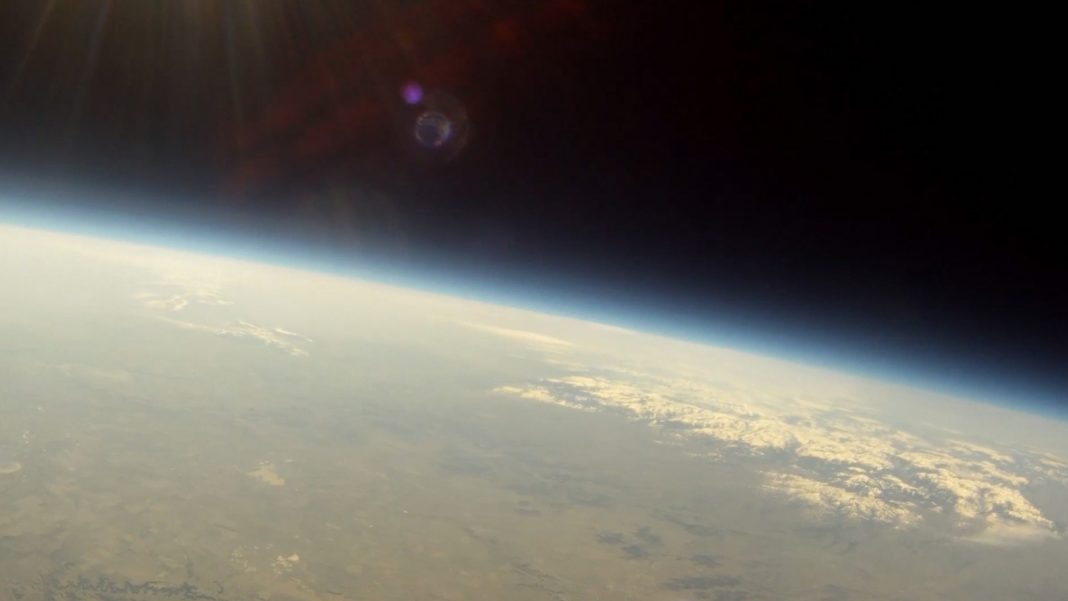Balloons and Students Across America Could aid the Search for Alien LifeOn August 21 first people across the U. S. will watch the skies as an extraordinary solar eclipse occurs and will be visible across most of the country, an atypical event. For its part, NASA will take advantage of the phenomenon to better understand conditions on Mars, while at the same time sharing the eclipse around the world and fostering a scientific interest in students across America.
Researchers from NASA and Montana State University have combined forces for two separate but connected projects. In one, coordinated by Angela Des Jardins from MSU, groups of students, some as young as 10, will deploy 50 balloons, specially designed to withstand floating through Earth’s atmosphere, in order to live-stream the monumental eclipse on NASA’s website.
Des Jardins hopes the live stream will offer a chance for people who will not be able to see the eclipse in person, what may be a once and lifetime opportunity, to experience one over the ‘net. Additionally, the angle of the video will be a unique one as it will provide an aerial view of the eclipse.
The other project will be headed by scientists from NASA’s Ames Research Center who will provide 35 balloons and twice as many metal swatches swabbed with hardy bacteria. In an experiment called MicroStrat, one of the two bacteria laden metal cards will be airlifted into the stratosphere, by the balloons, where they will encounter an environment like that of Mars.
While at that altitude Earth and Mars are usually similar, both with thin low-temp atmosphere and elevated radiation exposure, but they are even more alike during an eclipse. As the Moon blocks the majority of the UV rays from the Sun and temps drop lower than normal, researchers will be able to see how a Martian environment acts on resilient bacteria.
By comparing the balloon escorted bacteria to the Earth-bound ones, researchers hope to understand how terrestrial life might exist, change, or survive in space or on Mars. Additionally, the results may aid the search for extraterrestrial life by showing scientists unique characteristics or molecules that may be present in alien life forms, which can be then searched for.
The combination of the low cost of both projects and the unprecedented area experiencing the solar eclipse, both institutes will benefit from the partnered experiment. NASA will be able to collect nearly 10 times as many samples as they might otherwise with balloons flying from Alaska to Puerto Rico, while MSU and Des Jardins will be a part of the first live streamed solar eclipse.
More News to Read
- Does Physical Activity Affect the Brain’s Aging Process?
- Gaining a Deeper Understanding of the Relationship Between DNA and Cell Function
- Can This New Heart Model Save Muscles During Heart Attack?
- Harvard’s New Exosuit Will Push the Limits of Human Performance
- The New Cheap and Fast Way to Make Supercapacitor Electrodes For Electric Cars











